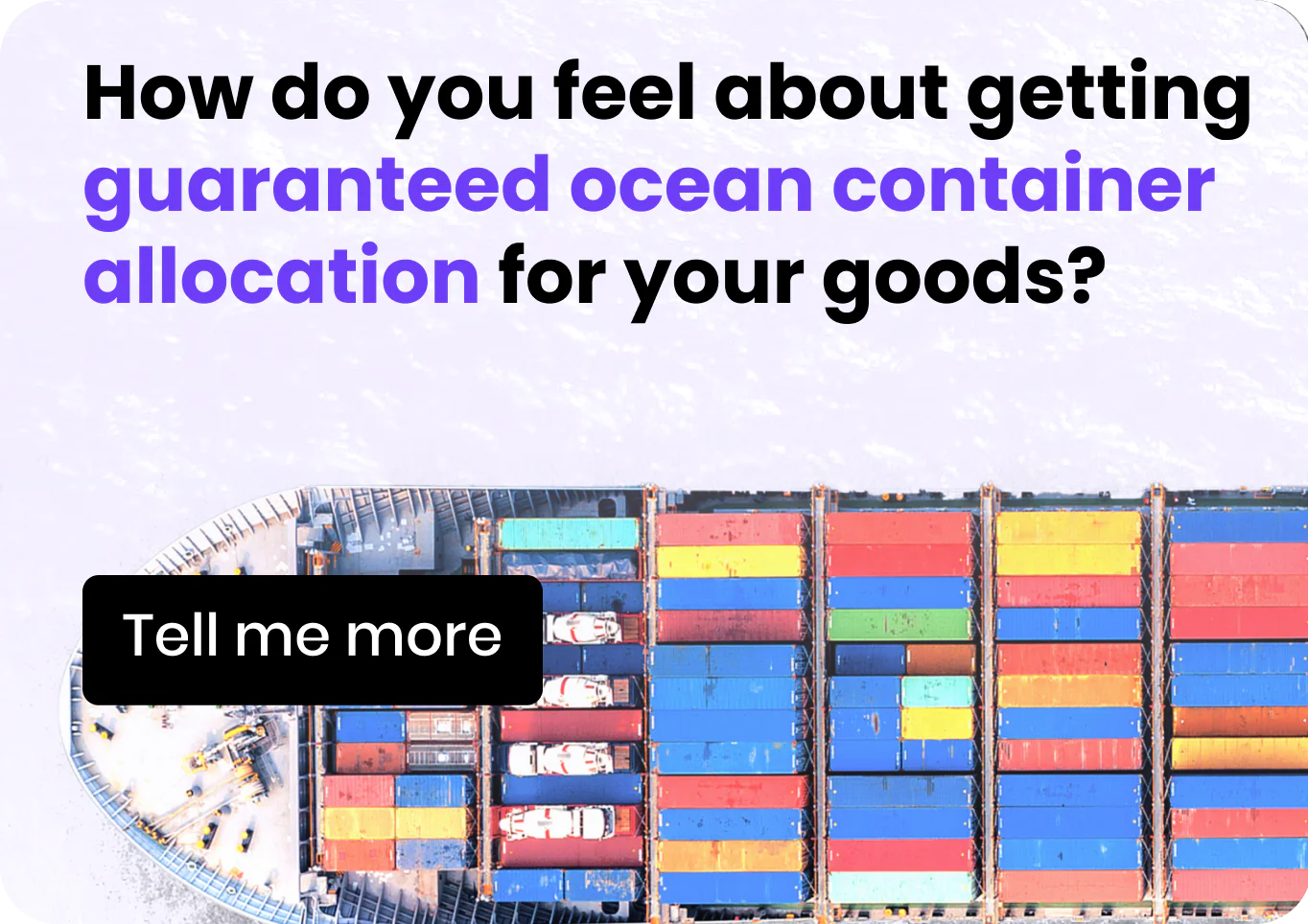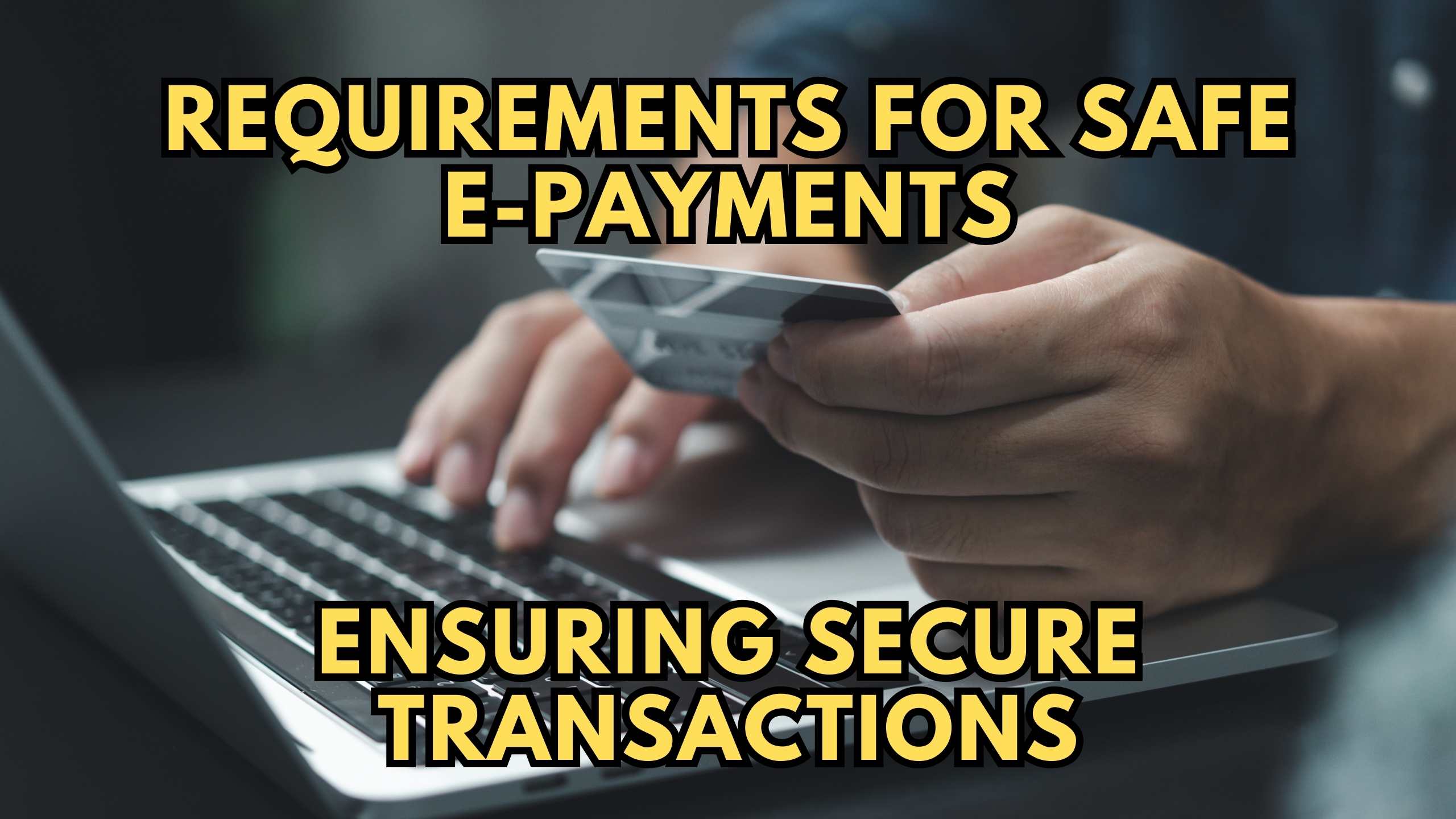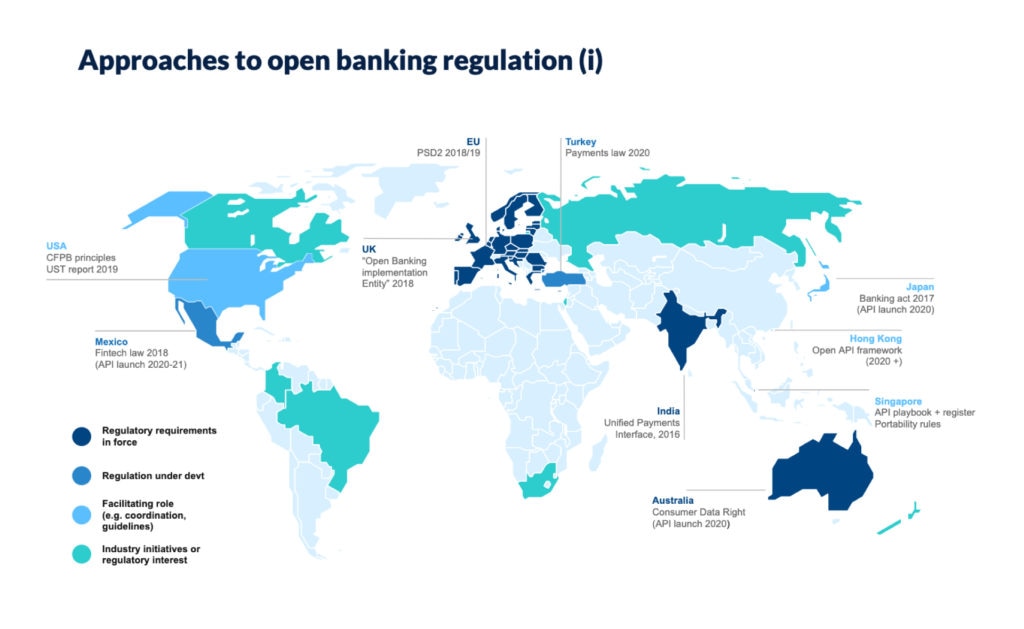
Navigating Import Tariffs: A Comprehensive Business Guide for Beginners
In today’s interconnected global economy, businesses often source products and materials from around the world. While this offers incredible opportunities, it also introduces complexities, chief among them being import tariffs. For many entrepreneurs and small business owners, the world of customs duties and trade policies can seem daunting, a maze of regulations that directly impact their bottom line.
But fear not! This comprehensive guide will demystify import tariffs, breaking down what they are, how they affect your business, and – most importantly – practical strategies to navigate them effectively. By understanding and proactively managing tariffs, you can protect your profit margins, ensure supply chain stability, and remain competitive in the global marketplace.
What Exactly Are Import Tariffs? The Basics Demystified
Before we dive into strategies, let’s establish a clear understanding of what import tariffs are.
Think of an import tariff as a tax or a duty levied by a government on goods that cross its borders. When you bring products from another country into your home country, your government might require you to pay a certain percentage or fixed amount for those goods.
Why do governments impose tariffs? There are several common reasons:
- Protect Domestic Industries: Tariffs make imported goods more expensive, thus making domestically produced goods more competitive in terms of price. This can help local industries thrive and protect jobs.
- Generate Revenue: Tariffs are a source of income for the government, much like sales tax or income tax.
- Influence Trade Policy: Tariffs can be used as a bargaining chip in international negotiations, a way to encourage or discourage trade with specific countries, or to address perceived unfair trade practices.
- National Security: In some cases, tariffs might be placed on goods deemed critical for national security to reduce reliance on foreign suppliers.
Common Types of Tariffs You Might Encounter:
- Ad Valorem Tariffs: This is the most common type. It’s a percentage of the value of the imported goods. For example, a 10% ad valorem tariff on a product valued at $1,000 would mean a $100 duty.
- Specific Tariffs: This is a fixed amount charged per unit of the imported goods, regardless of their value. For example, $0.50 per kilogram of imported coffee.
- Compound Tariffs: A combination of both ad valorem and specific tariffs. For instance, $0.10 per unit plus 5% of the value.
Understanding these basics is your first step toward navigating the complex world of international trade.
The Real Impact: How Tariffs Affect Your Business
Import tariffs aren’t just an abstract government policy; they have very tangible and direct consequences for your business. Ignoring them can lead to unexpected costs, supply chain headaches, and even lost customers.
Here’s how tariffs can impact your operations:
-
Increased Landed Costs:
- This is the most obvious impact. Tariffs directly add to the total cost of bringing a product from your supplier’s door to your own. This "landed cost" includes the product’s price, shipping, insurance, customs brokerage fees, and, of course, duties/tariffs.
- Example: If your product costs $100, shipping is $20, and there’s a 15% tariff, your cost just for the product and duty becomes $100 + $15 = $115, plus shipping and other fees.
-
Erosion of Profit Margins:
- Unless you can pass the entire tariff cost onto your customers, higher import costs will eat into your profit margins. For businesses operating on thin margins, even a small tariff increase can be devastating.
-
Higher Consumer Prices:
- To maintain profit margins, many businesses are forced to pass some or all of the tariff costs onto their customers. This means your products become more expensive, which can reduce demand and make you less competitive.
-
Supply Chain Disruptions and Uncertainty:
- Sudden tariff changes (e.g., new tariffs imposed due to trade disputes) can throw your carefully planned supply chain into disarray. You might need to quickly find new suppliers in different countries, which can be costly and time-consuming.
- Uncertainty about future tariff rates makes long-term planning difficult.
-
Reduced Competitiveness:
- If your competitors are sourcing from countries not subject to the same tariffs, or if they’ve found ways to mitigate tariff impacts, they might be able to offer lower prices than you, putting you at a disadvantage.
-
Increased Administrative Burden:
- Dealing with customs, ensuring correct product classification, and applying for special programs (like duty drawback) requires time, resources, and often, specialized knowledge or professional help.
Understanding these potential pitfalls is crucial for developing a proactive strategy to manage tariffs effectively.
Essential Steps to Navigate Import Tariffs: Your Action Plan
Now that you understand the "what" and the "why," let’s get to the "how." Navigating import tariffs successfully requires meticulous planning, accurate information, and sometimes, expert assistance.
A. Know Your Products and Their Codes: The HTS/HS System
This is arguably the single most critical step. Every product traded internationally is classified under a universal system called the Harmonized System (HS) Code, or more specifically in the U.S., the Harmonized Tariff Schedule (HTS) Code.
- What it is: The HS/HTS code is a standardized numerical classification system for goods. It’s like a universal language for products, used by customs authorities worldwide. These codes typically range from 6 to 10 digits, with more digits providing greater specificity.
- Why it matters: Your product’s HS/HTS code directly determines the tariff rate that applies to it. A slight misclassification can lead to paying too much duty, or worse, penalties for underpayment or misrepresentation.
- How to find it:
- Ask Your Supplier: Your manufacturer or supplier, especially if they are experienced in international trade, should know the HS code for their products. Always double-check this information.
- Consult Official Resources: In the U.S., you can use the U.S. International Trade Commission (USITC) HTS Search tool. Other countries have similar official customs websites.
- Seek Expert Advice: If your product is complex or could fall into multiple categories, it’s highly recommended to consult with a customs broker or trade attorney for an accurate classification ruling.
Example: A simple T-shirt might be classified under HTS Code 6109.10.0000 (T-shirts, singlets and other vests, of cotton, knitted or crocheted). A specific type of machinery will have a much more complex and specific code.
B. Understand the Rules of Origin (Country of Origin)
Where your product comes from matters significantly for tariff purposes. The "country of origin" isn’t always where the final product was assembled; it’s often determined by where the product underwent its "substantial transformation."
- Why it matters: Tariff rates often vary dramatically based on the product’s country of origin due to specific trade agreements or geopolitical considerations. For example, goods from a country with which your nation has a Free Trade Agreement (FTA) might be duty-free, while identical goods from another country might face high tariffs.
- Substantial Transformation: This concept means the country where the product was last significantly changed or manufactured into its current form. Simply packaging or minor assembly doesn’t usually change the country of origin.
- Documentation: You’ll need proper documentation (like a Certificate of Origin) to prove your product’s origin to customs.
C. Calculate Your "Landed Cost" Accurately
The sticker price from your supplier is just the beginning. To truly understand your costs and set competitive prices, you must calculate the landed cost for every imported item.
- What it is: Landed cost is the total cost of a product once it has arrived at the buyer’s door. It includes the original price of the product, all transportation fees (shipping, freight), customs duties/tariffs, insurance, currency conversion, and any other charges incurred during the shipping process.
- Components of Landed Cost:
- Product Cost: What you pay the supplier.
- Shipping & Freight: Cost of getting the goods from the factory to your warehouse.
- Insurance: Protecting your goods during transit.
- Customs Duties/Tariffs: The tax levied by your government.
- Customs Broker Fees: Fees for the professional who handles customs clearance.
- Port Fees/Handling Charges: Costs at the port of entry.
- Inland Transportation: Getting the goods from the port to your final destination.
- Importance: An accurate landed cost calculation allows you to:
- Set profitable selling prices.
- Compare costs from different suppliers or countries.
- Understand your true expenses.
D. Work with Experts: Customs Brokers and Trade Attorneys
Unless you’re importing very simple, low-value items, trying to navigate customs and tariff regulations entirely on your own can be a costly mistake.
- Customs Brokers:
- What they do: These are licensed professionals who specialize in customs clearance. They act as your agent, handling all the necessary paperwork, interacting with customs officials, ensuring correct classification, calculating duties, and facilitating the smooth movement of your goods across the border.
- Why you need them: They save you time, reduce the risk of errors (and associated penalties), and stay up-to-date on complex and ever-changing regulations.
- Trade Attorneys:
- What they do: For more complex situations, such as challenging a tariff classification, navigating trade disputes, or understanding intricate international trade agreements, a trade attorney can provide legal advice and representation.
- Why you need them: They offer specialized legal expertise for high-stakes issues or when you need to formally appeal a customs decision.
Consider these professionals as invaluable partners in your international trade endeavors.
Strategies to Mitigate Tariff Impact: Proactive Solutions
Once you understand the basics and have your essential systems in place, you can explore proactive strategies to reduce or mitigate the impact of import tariffs on your business.
A. Explore Free Trade Agreements (FTAs)
This is one of the most powerful tools in your arsenal. Many countries have signed Free Trade Agreements, which eliminate or significantly reduce tariffs on goods traded between them.
- What they are: FTAs are treaties between two or more countries designed to reduce trade barriers, including tariffs. Examples include USMCA (United States-Mexico-Canada Agreement), agreements between the EU and various countries, and many others.
- How to use them: If your product originates from a country that has an FTA with your importing country, it might be eligible for reduced or even zero duties.
- Key Consideration: Rules of Origin: Simply shipping from an FTA country isn’t enough. The product must originate there according to the specific "rules of origin" defined in the agreement. These rules ensure that products aren’t just transshipped through an FTA country to avoid duties. Your supplier will need to provide proper documentation (like a Certificate of Origin) to prove eligibility.
B. Re-evaluate Your Supply Chain
Sometimes, the best way to avoid tariffs is to change where you source your products.
- Diversification: Instead of relying on a single country or region, diversify your supplier base to multiple countries. If tariffs suddenly increase from one source, you have alternatives ready.
- Nearshoring/Reshoring: Consider moving production closer to home (nearshoring) or bringing it back entirely (reshoring). While initial setup costs might be higher, you eliminate import duties and often reduce lead times, improve quality control, and gain greater supply chain resilience.
- Supplier Negotiation: Work with your existing suppliers. Can they absorb some of the tariff costs? Can they offer different pricing structures or payment terms to help offset the impact?
- Component Sourcing: If you assemble products, can you source components from different, tariff-friendly countries and then assemble them in a country with lower tariffs or in your home country?
C. Consider Duty Drawback Programs
This is a lesser-known but highly effective strategy for certain types of businesses.
- What it is: A duty drawback is a refund of customs duties paid on imported goods that are subsequently exported (or used in the manufacture of products that are then exported).
- Who it’s for: This is particularly relevant for businesses that:
- Import raw materials or components, manufacture a finished product, and then export that product.
- Import goods, then re-export them in their original condition (e.g., for display at an international trade show).
- Benefit: It allows you to reclaim duties you’ve already paid, significantly reducing your effective import cost.
- Complexity: Drawback programs can be complex to administer and require meticulous record-keeping. Many businesses work with specialized drawback service providers or customs brokers.
D. Product Modification & Classification Review
Sometimes, a slight change to your product or a deeper look into its classification can yield significant tariff savings.
- Minor Modifications: Can your product be slightly altered (e.g., a different material, a minor design change) to fall into a different HTS classification that carries a lower tariff rate? This is known as tariff engineering.
- Expert Classification Review: If you’re unsure about your product’s HTS code, or if it could potentially fit into multiple categories, get an official ruling from your customs authority or a professional opinion from a customs broker. Sometimes, a common-sense classification might not be the most advantageous one from a tariff perspective.
E. Engage in Tariff Engineering (Advanced)
Building on the previous point, tariff engineering is a proactive design strategy.
- What it is: It involves designing or modifying a product specifically to qualify for a lower tariff rate. This is not about misrepresenting a product, but rather legally optimizing its classification.
- Example: If certain materials carry a higher tariff, can you use a functionally equivalent, lower-tariff material? If a product assembled in one way is classified differently (and at a higher rate) than if it were assembled slightly differently, can you adjust the assembly process?
- Requires: Deep understanding of HTS codes, product design, and often, collaboration with a customs expert.
F. Pass Costs On (Strategically)
While not ideal, sometimes passing a portion of the increased costs onto the consumer is unavoidable.
- Price Adjustments: Incrementally increase your selling prices to cover some of the tariff burden.
- Market Research: Understand your market’s price sensitivity. Can your customers bear higher prices without significantly impacting demand?
- Transparency: Some businesses choose to be transparent with customers about rising costs due to tariffs, which can build empathy and understanding.
Staying Ahead: Monitoring and Adaptation
The world of international trade is dynamic. Tariff policies can change rapidly due to new trade agreements, geopolitical events, or shifts in domestic policy.
- Stay Informed: Regularly monitor official government trade websites (e.g., USTR, USITC for the U.S.), subscribe to trade news publications, and follow updates from your customs broker.
- Regular Review: Periodically review your import strategy, supplier relationships, and landed costs. Don’t wait for a crisis to react.
- Be Agile: Build flexibility into your supply chain and business model so you can adapt quickly to unforeseen tariff changes. This might mean having backup suppliers or alternative shipping routes.
Conclusion: Empowering Your Global Business
Navigating import tariffs might seem like a daunting task, but with the right knowledge and proactive strategies, it’s entirely manageable. By understanding what tariffs are, meticulously classifying your products, calculating true landed costs, and leveraging expert advice, you can transform a potential headache into a competitive advantage.
Don’t let tariffs be a barrier to your global ambitions. Instead, view them as a challenge that, when mastered, can lead to a more robust, resilient, and profitable international business. Start implementing these strategies today, and take control of your import costs.



Post Comment